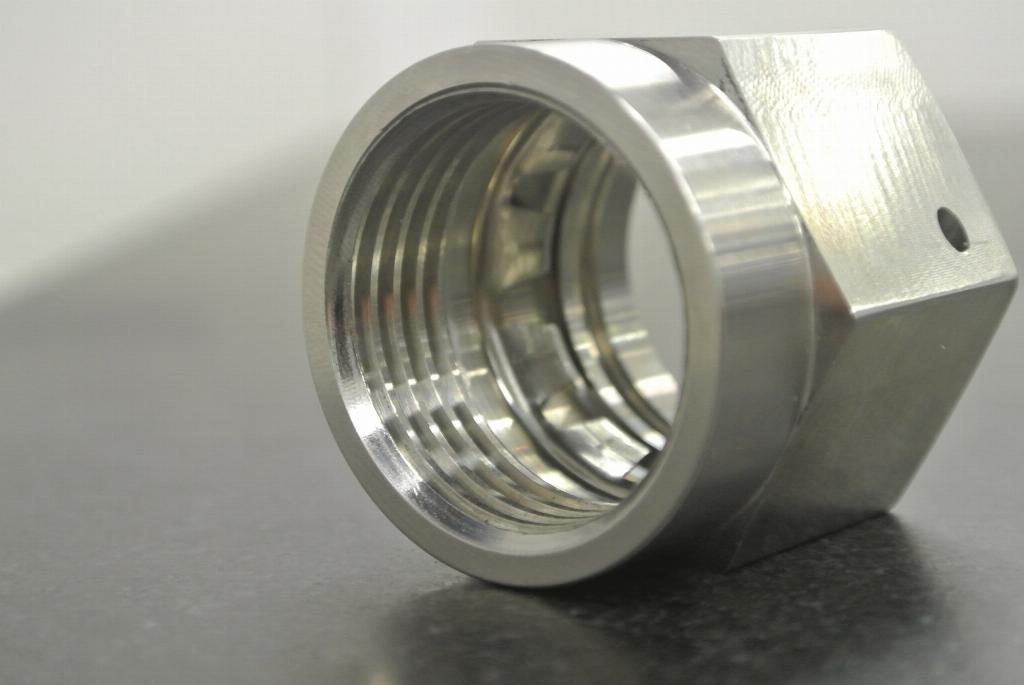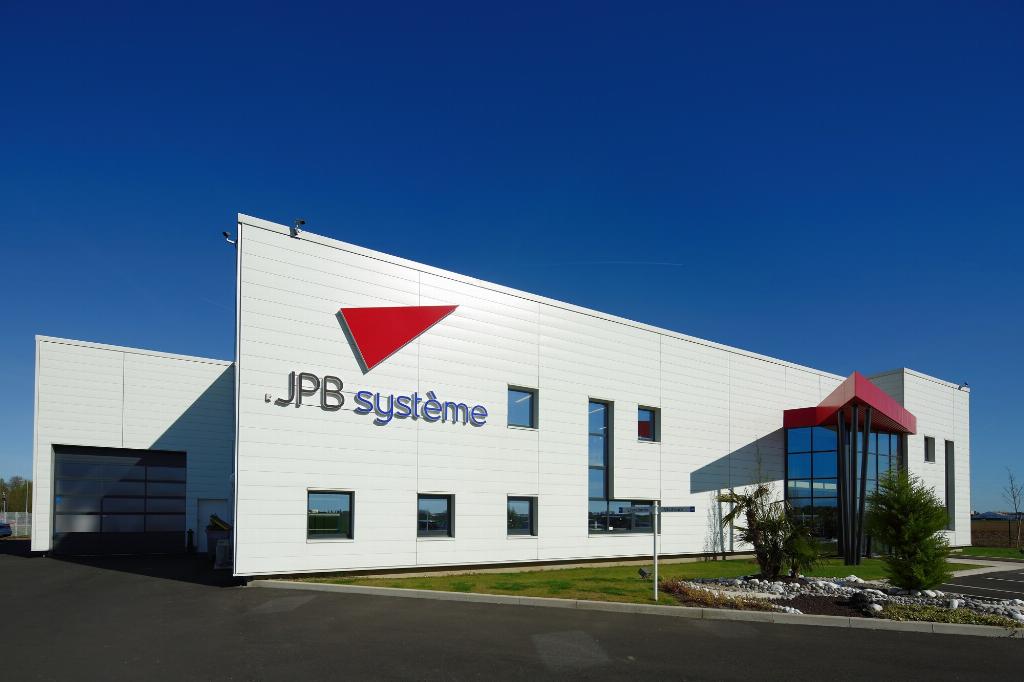An easier way to MRO

In this Q&A session, JPB Système’s CEO Damien Marc tells Ed Hill about the company’s locknuts that bring substantial maintenance and safety benefits for aero-engines and its development in the era of Industry 4.0.
In this Q&A session, JPB Système’s CEO Damien Marc tells Ed Hill about the company’s locknuts that bring substantial maintenance and safety benefits for aero-engines and its development in the era of Industry 4.0.
Founded in 1995, JPB Système is a leading manufacturer of self-locking devices for the aerospace industry. Headquartered in Paris-Villaroche business park, France, the company serves some of the industry’s largest manufacturers with its Industry 4.0-based processes. As well as its French base, JPB Système operates a production facility near Krakow, in the Polish Aviation Valley; and a North American office in Cincinnati, USA.
[caption id="attachment_30786" align="alignright" width="300"] Damien Marc, CEO of JPB Système[/caption]
Damien Marc, CEO of JPB Système[/caption]
JPB Système has been rewarded with eight Golden Supplier Performance Awards by Safran for its continuity in the supply chain and its quality excellence. The company is a member of the BPI France Excellence network, SMB accelerator, French Fab, Astech Paris-Region and GIFAS.
Q) How do your products make servicing easier for engine applications and other aerospace systems and parts?
Our products are designed to save time during MRO and this is underscored by the fact that we don’t use lockwires to secure the parts together. Instead we have a self-locking system which makes life easier for mechanics. These systems eradicate the eventuality of issues arising should things inadvertently get overlooked. For example, if a fitting is not applied correctly, this could potentially lead to a leak of oil or other liquid from the aircraft engine. With our products, there is a locking mechanism inside, which stops the fitting from unscrewing more than a certain amount. This prevents the fitting from leakage, which is a huge benefit as it saves time and maximises the safety aspect. Basically, it means that little mistakes do not end badly. It also saves a great deal of time for engineers who do not have to individually check every fitting when conducting maintenance.
Q) What affect will disruptive technologies such as additive manufacturing, AI and automation have on the world of MRO?
There are two major ways in which additive manufacturing will affect this. One is from the design perspective. With additive manufacturing you can design without the constraint of machining. That means you can produce parts which are impossible to design with traditional manufacturing. As such it gives the designer a lot more freedom to design single parts. It also allows manufacturers to create parts comprising several components - even moving parts, without the need for any assembly. This is great from a design point of view and contributes to much greater efficiency savings in both time and cost.

For the MRO perspective, what I can say is that designs will be certified. The beauty of that will be that you can create a part by yourself. In a scenario where one part is needed on the other side of the world in an emergency, you would currently have to find it and get it shipped. If you have the design and a 3D printer in the location where the part I needed, then you can simply send it to be produced locally. This saves a great deal of time and from an environmental perspective, cuts CO₂ emissions which would be caused by having to ship it.
Q) How will things change in the era of Industry 4.0?
From the perspective of JPB Système’s own factory, all of our machinery is connected with IoT. Each part is unique and has an ID which distinguishes it from others. This is connected to everything vis-à-vis parts manufacture, including digital visualisation, chemical composition, raw materials, dimensions etc. The MRO engineer scans the part and receives all the required data from the IoT system. This is extremely useful for conducting repairs and maintenance and, since it is all in one place, it makes it is easy for engineers to review all the information about that particular component. It’s also useful if there is an issue with a part. Today the most common manufacturing method is to machine large batches of parts, but if there is a problem with any one of them, it necessitates a complete recall of the entire batch.
With industry 4.0, it’s possible to pinpoint if a defect is exclusive to one item, as each part has a unique ID key. This in turn allows manufacturers to determine, for example, which aircraft may have a faulty part. This ensures emergency recalls are targeted and precise, as opposed to grounding hundreds of aircraft which could potentially have a fault. Disruption is thus minimised and costs saved. It also means that you can receive feedback as a manufacturer from MRO reports. This is because it is easy to identify from a report, the unique key that a part has and thus receive feedback on whether the part is faulty and how it can be improved upon.
Q) Are more remote maintenance systems possible when there is a shortage of skills?
Yes, I believe so. At JPB Système, we have a camera that is connected to the internet and can be used to contact the manufacturers when conducting engine maintenance. They can, if necessary, provide direction to support an operator and help him locate a fault.
Q) How can OEMs help to make on-wing times longer, and extend general servicing intervals? Are there new designs that could improve things?
If you could get feedback to the manufacturer in real-time, it would be great for understanding how parts react, how they could be improved and their lifespan extended. Current maintenance procedures work around parts being changed every so many cycles, but this is rather inefficient as it doesn’t look at the specific circumstances of that component. With connections and sensors in place throughout an aircraft’s engine, it can provide feedback in real time about a particular issue, what is functioning correctly and what might need replacing.

One way this can be achieved is with vibration and temperature sensors. The traditional method is quite inefficient as it means that defective parts may not be replaced soon enough and those which are fine after 1,000 cycles are replaced too soon. This means that a good chunk of their lifespan is wasted. By using real-time data which is gathered through sensors, the whole process of MRO is made far more efficient as lifespans can be reduced and extended accordingly.
Q) Would you say there is a sustainability/recycling issue in aerospace manufacturing that needs to be addressed more seriously by the industry?
Looking at JPB’s parts, they are made 100% from metal and as such they are 100% recyclable. They can be melted down and new parts constructed from them when the original is at the end of its lifespan. I believe that 3D printing will help to remedy the sustainability issue in aerospace as it will lead to the construction of parts which are lighter, thereby leading to aircraft which require less energy/fuel to power.
Q) Do you have any new product developments in the pipeline that will help with MRO?
Yes, we’re currently developing a disrupting sealing technology that will help with MRO. This is now a viable prototype and more information on this solution will follow very shortly, so watch this space!












